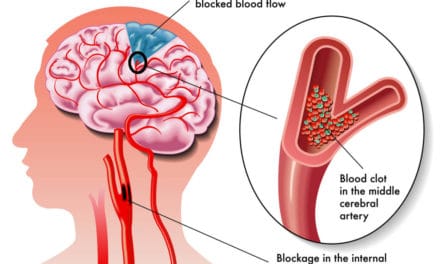Dental Implants For Tooth Replacement
By Dr. Michael W. Herndon, DDS
One of the most remarkable developments in the history of dentistry is the development of dental implants for the replacement of missing teeth. Imagine being able to place a foreign object into live bone and having the body accept this such that it can support the forces usually applied to teeth!
At this point in time, the use of dental implants for this purpose is a widely accepted practice. Multiple thousands of implants are placed in people all over the world. Back in 1982, before I was practicing family dental care in Cincinnati, when I was a dental student at Loma Linda University, I was privileged to work with implant pioneer Dr. Robert James in the first university based educational program for the surgical placement and restoration of dental implants. In those years, the idea of dental implants was regarded with skepticism in the conventional dental world. They were sure it would not work. Nowadays, this is one of the best ways to replace missing teeth and is accepted treatment throughout the world. Finally, some dental insurance companies are beginning to make dental implants a covered benefit and it is about time!
Many of us with formal, university based, advanced surgical training in all the various applicable aspects of implant surgery feel that the odds of a favorable implant experience is improved under these conditions. However, many dentists can produce great results through education and experience because a lot of cases are straightforward and relatively simple. It is the complicated cases where the “rubber meets the road”.

One thing that a patient should be aware of is that their mouth needs to be healthy before implants are inserted. The primary concern is making sure the patient is free of any active periodontal disease (gum disease). This requires a thorough periodontal examination and evaluation, ideally by a dentist that is proficient in the diagnosis, treatment, and management of periodontal disease. It is the wise patient that takes this into account when contemplating dental implant therapy.












